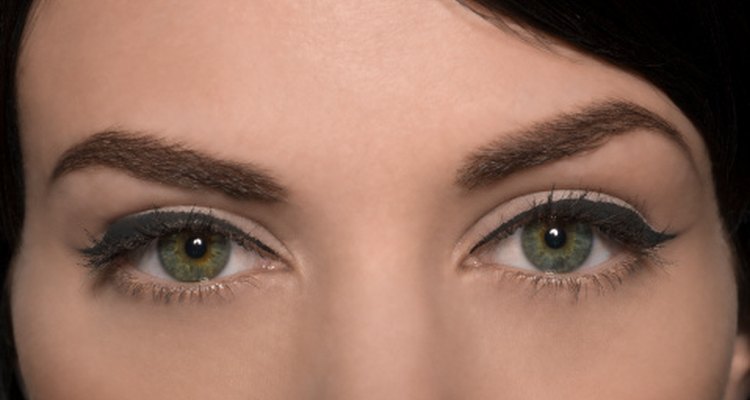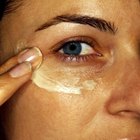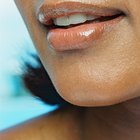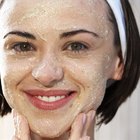
During eyebrow waxing, hair is removed from the root through the placement of warm wax. Brow paper or muslin strips are applied to the wax, allowed to sit, then pulled clean, removing the wax and unwanted hair. In some people, an allergic reaction occurs during or soon after waxing. In most instances, the suspected allergic reaction is due not to the procedure itself, but to an allergy to components in the wax. Potential reactions include excessive swelling, skin rash, hives or difficulty breathing.
Potential Allergens in Eyebrow Wax
If you have any type of allergy or have previously had an allergic reaction to eyebrow wax, be sure to ask your cosmetologist to describe the ingredients in the wax she is using. Some ingredients frequently used in eyebrow waxing blends that people may be allergic to include jojoba oil, ethyleneV/A copolymers, bee’s wax, lanolin, glyceryl rosinate and rubbing alcohol.
Allergic Reaction to Site-Based Pain
In the eyebrow waxing process, not only hair and wax is removed, but the top layer of skin as well. Some people develop a temporary allergic reaction when the new layer of skin is exposed. This reaction can come from ingredients in the wax itself the user is unaware of or to cleansing or cosmetic products applied soon after the waxing is done. Even people who don’t normally have an allergic reaction to a particular brand of soap or makeup may find their so-called “fresh” skin does not tolerate particular ingredients. Leaving freshly waxed skin free from solvents and products for at least a few hours can help to prevent reactions.
Sensitive Skin Reactions
If a person bruises easily, sunburns easily or has overall delicate skin, care should be taken in eyebrow waxing. Much like the potential for an allergic reaction to substances or ingredients in the eyebrow wax itself, people with delicate or thin skin can find blood vessels ruptured during the waxing process. If this skin is exposed to allergens, an allergic reaction can result.
Cleanliness of Tools
Every aesthetic procedure should be done in a clean environment with sterilized tools. If an environment is unclean, it can exacerbate the likelihood of prompting an allergic reaction in people with severe sensitivity who are having new skin exposed and touched. This is particularly important to watch for if you have allergies to substances such as mold or excessive dust.
Related Articles

What Are the Ingredients in Proactiv?

Side Effects of Veet Waxing Strips

The Best Facial Moisturizers for People ...

How to Remove Veet Wax

Hair Removal With Papaya

How to Fix an Irritated Upper Lip After ...

How to Treat Eyebrow Wax Burns

What Are the Dangers of Electrolysis ...

How to Care for Skin After Sugaring

How to Get Rid of a Tattoo Scab

How to Soothe Waxed Skin

Treatments for Coarse Facial Hair

Benefits of Shea Butter and Coconut Oil ...

How to Get Rid of Acne Dents

Description of Palmolive Bar Soap

What Are the Dangers of Fraxel Repair?

Jojoba Oil Benefits

Negative Effects of Endermologie

Skin Care for the Bikini Area

How to Darken a Henna Tattoo
References
Writer Bio
Lisa McQuerrey has been a business writer since 1987. In 1994, she launched a full-service marketing and communications firm. McQuerrey's work has garnered awards from the U.S. Small Business Administration, the International Association of Business Communicators and the Associated Press. She is also the author of several nonfiction trade publications, and, in 2012, had her first young-adult novel published by Glass Page Books.
Photo Credits
Ralf Nau/Digital Vision/Getty Images